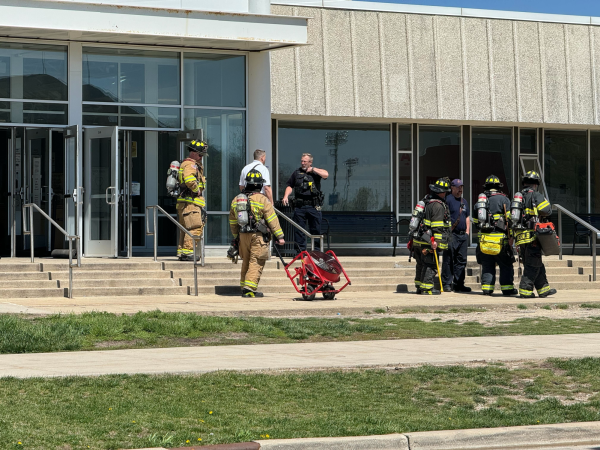In a fire, composure is key
September 11, 2007
Statistics show that the number of fires on college campuses has risen dramatically over the last decade.
Data compiled by the National Fire Protection Association and reported by the Consumer Product Safety Commission estimated that 1,800 fires occurred on college campuses in 1998.
In a follow up study in 2005, the NFPA estimated nearly 3,300 fires on campus housing. The study included facilities such as dorms, bunk houses, barracks, apartments and Greek houses.
The most common causes of fires are unattended candles, cooking mishaps and overloading of electrical outlets, said Scott Mooberry, safety officer at NIU Environmental Health.
There is no definitive explanation for the rise in campus area fires, Mooberry said.
“There is no clear-cut answer, it could be a combination of things,” he said.
Fires at NIU are a rare occurrence, Mooberry said.
“I can’t remember the last time [there was a fire in a residence hall],” he said.
There are a number of regulations and guidelines in place to prevent fires from occurring on campus, Mooberry said. Smoking is prohibited in residence halls, and community advisers go through safety training, among a number of other things.
“Take the time to be prepared by understanding the fire safety guidelines,” Mooberry said.
Cortney Bell, a freshman business major and Grant resident, said she hasn’t been concerned about fires in her brief time on campus thus far.
“They haven’t presented themselves as a problem yet,” Bell said.
Nevertheless, in the event of a fire, composure would be a key, she said.
“[I would] try to get out, but not panic, not be shoving people out of windows,” Bell said.












